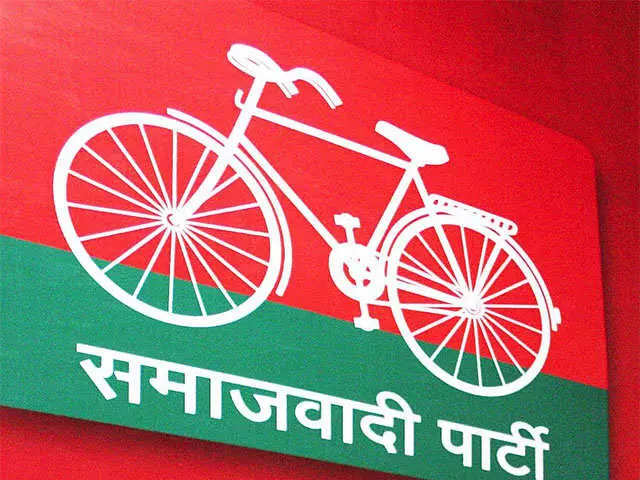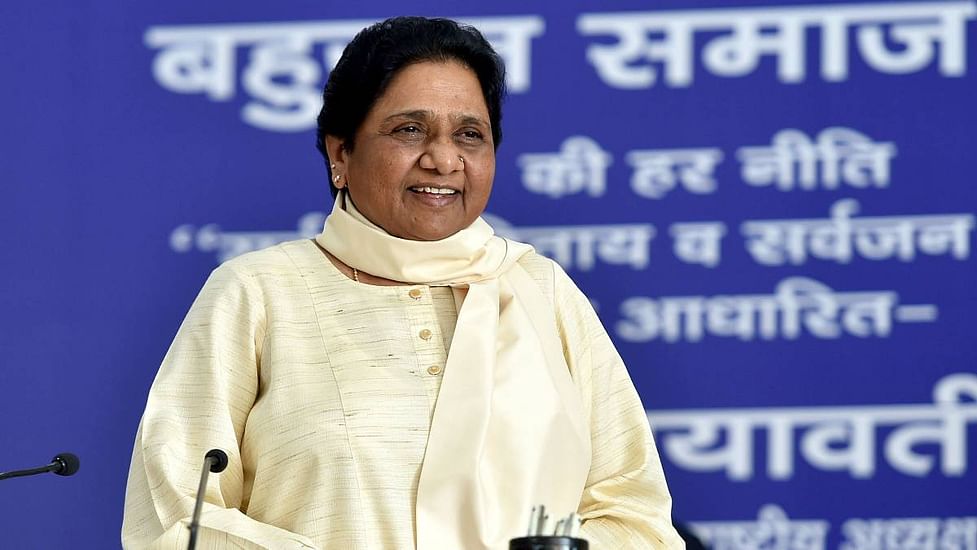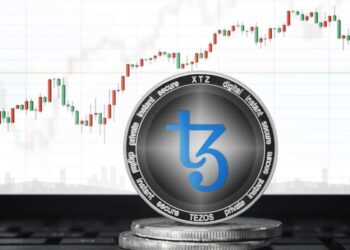Uttar Pradesh is India’s largest state. The more populous Uttar Pradesh becomes, the more complicated its politics gets. When it comes to Uttar Pradesh’s politics, caste and religion considerations are intrinsically linked. Yogi Adityanath made a statement about the Uttar Pradesh elections a few days ago, stating that it will be an 80 vs. 20 contest. His remark is directly related to religion. Following this, SP chief Akhilesh said that the election is not 80 vs 20 but 85 vs 15. The suggestion made by Akhilesh was to organize Dalits and the Backward Classes, i.e., Bahujan Voters.

In the 90s, on the basis of the recommendations of the Mandal Commission, 27 per cent reservation was given to the other backward classes, after which the Mandal-Kamandal politics gained momentum. More or less, the same situation is going to happen in these elections as well. Akhilesh Yadav has understood very well that to win the Uttar Pradesh elections, he will need caste polarization to suppress religious polarization. Caste polarization is necessary to suppress the Hindutvaism of the BJP, for which they have started trying to reach the vote bank of OBCs.
Let’s know which vote bank Akhilesh is eyeing.
Who are the leaders of that vote bank?
Non-Yadav OBC Castes:
Akhilesh Yadav and the Samajwadi Party have been accused of Yadav vote-bank politics since the beginning. Akhilesh has understood that if religious polarization can be covered by something or its effect can be reduced in elections, then it is caste polarization. The OBC castes are the largest in terms of population in the state. Akhilesh made the first dent in this class.

Akhilesh has adopted two methods of this caste engineering. The first method is to form alliances with smaller regional parties having a base of voters of different castes. The SP has tied up with about 10 smaller parties, out of which RLD, PSP, Suheldev Bharatiya Samaj Party, Apna Dal (Kamerawadi) and Janwadi Party are prominent.
Method 1: Alliance
The Rashtriya Lok Dal is the party of Chaudhary Ajit Singh, which is currently headed by his son Jayant Chaudhary. After the farmers’ movement, Jayant’s stature has grown considerably in western Uttar Pradesh. Due to the Jat majority in western Uttar Pradesh, Jayant Chaudhary’s party is dominant in about 40-45 seats. However, Jayant Choudhary still appears weak in the urban areas of western Uttar Pradesh.

On the other hand, Omprakash Rajbhar’s party, SBSP, also exerts its influence in about 5-6 districts in Purvanchal. Their influence has been especially felt in the Rajbhar and Kahar castes. Akhilesh’s uncle Shivpal’s party, Pragatisheel Samajwadi Party, which broke away from the Samajwadi Party, has also formed an alliance. Shivpal has been a big name in the politics of Uttar Pradesh.
Talking about Apna Dal (Kamerawadi), this party considers the voters of the Kurmi caste as its base. Janata Party chief Sanjay Chauhan is considered the leader of the Nonia caste in districts like Deoria, Kushinagar, Mau, and Azamgarh. Mahan Dal, which is also the erstwhile party of Swami Prasad Maurya, has established an alliance with the SP in Central Uttar Pradesh.
Method 2: Connecting Influential Leaders of Different Castes to the SP
Akhilesh first started inducting the OBC leaders of the BSP into the SP. Ambedkar Nagar’s prominent leaders are Lalji Verma, sitting MLA from Nanpara seat, Madhuri Verma, and her husband, Dilip Verma, MLA from Vishwanathganj seat in Pratapgarh district. Dr R.K. Verma, Balkumar Patil, MP from Mirzapur, the BSP’s big face in Basti district, minister and five-time MLA from Kaptanganj, Ramprasad Choudhary, joined the SP. The said leaders are considered good influences among Kurmi voters. Kurmi is the second-largest OBC caste after the Yadav caste.

Not only Kurmi voters, but also various OBC leaders like Raja Ram Pal, MP from Akbarpur, BJP MLA from Sitapur Rakesh Rathod who is from Teli Samaj, Ramchal Rajbhar have tried to unite the OBC vote by including leaders like Ram Achal Rajbhar in the SP.
Now let’s come to the panic in the BJP for some time. Three BJP ministers resigned and joined the SP. Swami Prasad Maurya, who has great influence in Maharajganj, also joined the SP along with his son. He has been a minister in the BJP government and his son is also active in the Rae Bareli Amethi region. They have a great influence on the Maurya caste. Dharam Singh Saini, who has influence in the Saharanpur district, and Dara Singh Chauhan, from Ghazipur, also belong to the OBC.

Along with these ministers, many MLAs also resigned. Among these MLAs, Roshanlal Verma, a three-time MLA from the Tilhar seat of Shahjahanpur, a former member of the Uttar Pradesh Backward Commission, and Brajesh Prajapati, MLA from Banda’s Tindwari seat, Bhagwati Sagar, who was a four-time MLA from four different seats, Mukesh from the Nishad community. MLA from Auraiya’s Bidhuna seat, Vinay Shakya. Three-time MLA Bala Prasad Awasthi, four-time MP Avtar Singh Bhadana. All these leaders are considered leaders of non-Yadav OBC castes.
Non-Yadav OBC voters and non-Jatav Dalit voters were the major reasons for the BJP’s victory in 2017. Akhilesh is trying to solve this equation. In rural areas, where most of the villages are either OBC majority or upper-caste majority, the Dalit population is comparatively small. In such a situation, the vote of the socially and economically weaker Dalit community goes to the party that is voted in by the majority caste of that village.

In this situation, Akhilesh hopes that, in addition to these OBC castes, SP would also receive votes from non-Jatav Dalits. After being in the government in 2012, the SP gained a reputation as a party that caters to the Yadav-Muslim vote. Now Akhilesh is trying to establish SP as a party of OBC-Muslim voters.
Also Checkout: Is a prolonged COVID a possibility with mild Omicron symptoms? Explained















